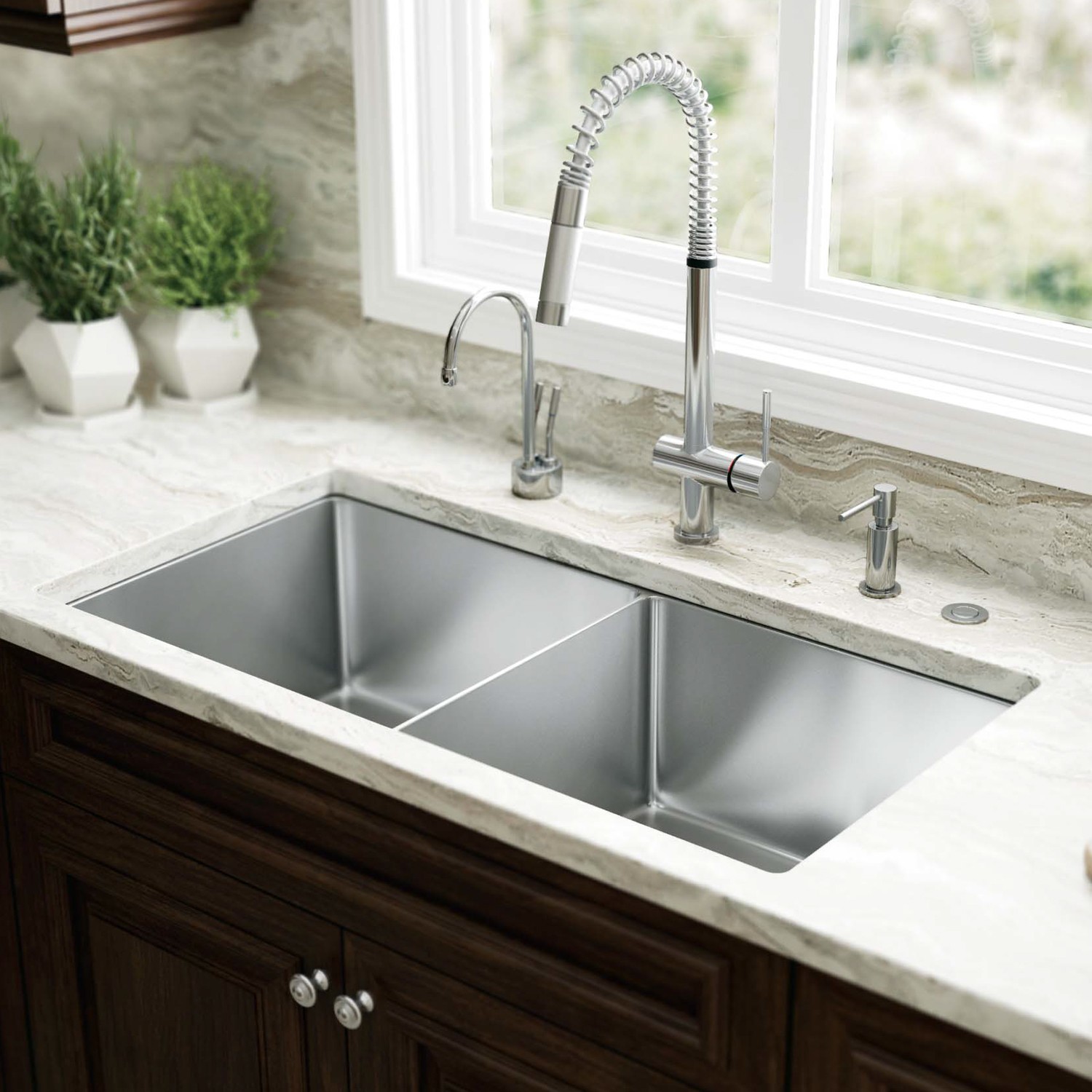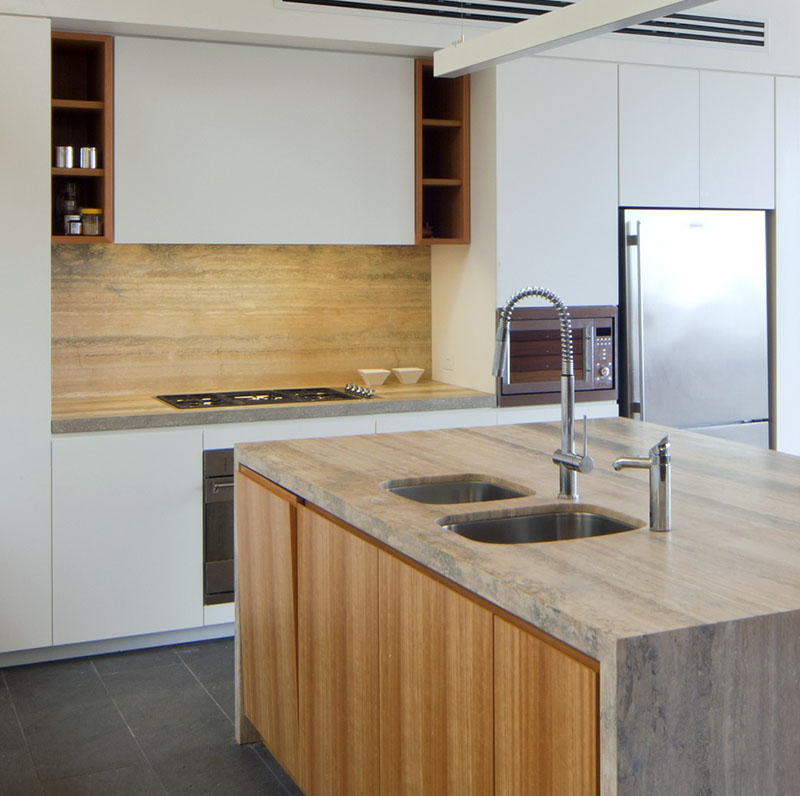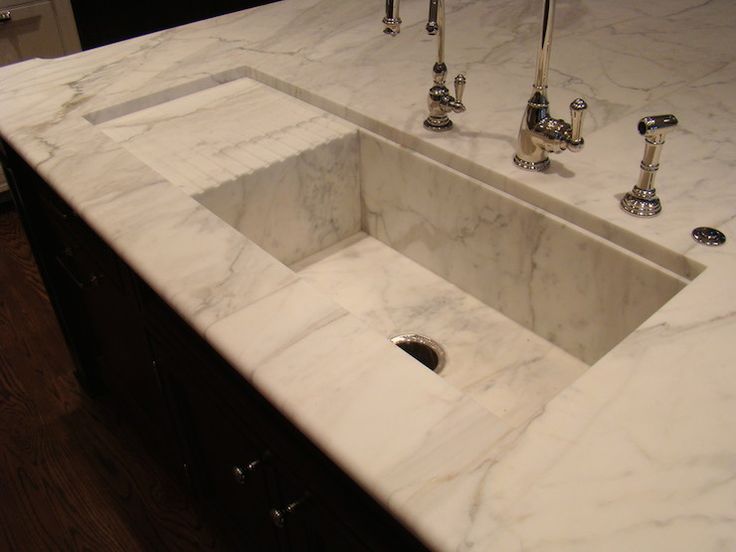When I first started planning my kitchen renovation, one of the most significant decisions I faced was choosing the right sink. After some research, I found myself drawn to undermount kitchen sinks. Their sleek design and practicality stood out immediately, and I soon realized why they’ve become so popular in modern kitchens. Unlike traditional drop-in sinks, undermount sinks are installed beneath the countertop, creating a seamless look that not only enhances the kitchen’s aesthetics but also offers a host of practical advantages.
One of the first things I noticed about undermount sinks is how clean and streamlined they make a kitchen look. Without the rim that a drop-in sink has, the countertop flows smoothly into the sink. This minimalist design works beautifully in various styles, from contemporary to rustic kitchens. I chose an undermount sink to complement my quartz countertops, and the result was a cohesive look that made the entire space feel more open and sophisticated.

The practical benefits became apparent very quickly, too. Cleaning up around an undermount sink is so much easier compared to other sink styles. I love how I can simply wipe crumbs or spills straight into the sink without the obstacle of a raised edge getting in the way. It’s a small detail that makes daily cleaning tasks far less tedious. If you’re like me and prefer efficiency in the kitchen, this feature alone is worth considering.
Durability was another factor that convinced me to go with an undermount sink. These sinks are typically made from high-quality materials like stainless steel, fireclay, or granite composite, all of which are resistant to scratches and stains. I opted for a stainless-steel model because of its affordability and resilience. It’s been several years now, and my sink still looks as good as new, even with constant use. The material you choose will largely depend on your kitchen’s style and your personal preferences.

One thing I learned is that the installation of an undermount sink requires precision. Because the sink sits beneath the countertop, it needs to be properly supported and sealed to prevent leaks or structural issues. I made sure to hire a professional installer, and it was one of the best decisions I made. Watching the process, I realized that a lot of skill and attention to detail go into getting the fit just right. If you’re not experienced in DIY plumbing, I’d strongly recommend leaving the installation to an expert.
Another decision I had to make was the size and configuration of the sink. Undermount sinks come in various sizes, from compact single-bowl models to spacious double-bowl designs. Since I often cook large meals and wash big pots and pans, I chose a single-bowl sink with plenty of depth. If you have a smaller kitchen or prefer to multitask, a double-bowl sink might be more suitable. It’s all about finding the setup that best fits your needs and lifestyle.

The edges of the sink are another aspect to think about. There are typically two options: overhanging or flush edges. I went with an overhanging edge because it makes cleaning even easier by preventing debris from collecting in the seam between the sink and countertop. However, some people prefer a flush edge for a more integrated look. Both options have their pros and cons, so it’s worth considering what works best for you.
One challenge I encountered was ensuring my chosen sink was compatible with my countertop material. Not all countertops are suitable for undermount installation; for example, laminate may not provide the necessary strength or water resistance. Luckily, my quartz countertops were perfect for this type of sink, but it’s an important consideration to keep in mind when planning your kitchen.
Another feature I love about my undermount sink is the accessories that can enhance its functionality. Many models come with add-ons like colanders, cutting boards, or drying racks that fit perfectly into the sink. I invested in a fitted drying rack, and it’s been a game-changer for keeping the counter clutter-free while drying dishes. These little extras can make a big difference in how you use your sink on a daily basis.

The style of the sink was also important to me. While the practicality of an undermount sink is undeniable, I didn’t want to compromise on aesthetics. Thankfully, these sinks come in a wide variety of finishes and shapes. My stainless-steel sink has a brushed finish that hides water spots and fingerprints, which is perfect for a busy household. If you’re going for a more luxurious look, granite composite or fireclay sinks can add a touch of elegance.
Noise reduction is another underrated benefit of undermount sinks, especially if you opt for stainless steel. Many high-quality models include sound-dampening pads or undercoatings to minimize noise from running water or clattering dishes. I didn’t think much about this feature initially, but I’m so glad I chose a sink with it. The kitchen feels quieter and more pleasant to work in because of this small detail.
The long-term maintenance of an undermount sink is surprisingly easy. I worried that the seal between the sink and countertop might degrade over time, but with proper care, this hasn’t been an issue. Every now and then, I inspect the caulking and clean it to prevent mold or mildew. This simple maintenance routine has kept my sink in excellent condition.
While undermount sinks offer many advantages, they’re not without their challenges. For one, they tend to be more expensive than traditional sinks, both in terms of the sink itself and the installation costs. However, I believe the investment is worth it for the benefits and the long-term value they add to your kitchen. I’ve never regretted spending a little extra to get a product I truly love and use every day.
I also had to consider the resale value of my home. Kitchens are one of the first things potential buyers notice, and features like an undermount sink can make a strong impression. They signal a modern, updated kitchen, which can be a selling point if you ever decide to move.
Looking back, choosing an undermount sink was one of the best decisions I made during my renovation. It’s a feature that combines style and functionality in a way that enhances the entire kitchen. Every time I use it, I’m reminded of how much thought went into making the right choice, and I wouldn’t change a thing.

Common Mistakes to Avoid
One common mistake is not verifying whether your countertop material is suitable for undermount installation. Materials like laminate might not hold up well, leading to potential issues down the line. Always check compatibility beforehand.
Another pitfall is skimping on installation. Poorly sealed or improperly supported sinks can lead to leaks and structural damage. Hiring a professional ensures that the job is done correctly and prevents costly repairs later.
Choosing the wrong size or configuration is another error to avoid. A sink that’s too small can be frustrating, while one that’s too large might overwhelm the countertop. Measure carefully and consider your kitchen’s workflow before making a decision.
Overlooking the importance of edge finishes is a common oversight. Flush edges might seem appealing but can trap debris if not perfectly sealed. Understanding the pros and cons of different edge styles will help you make a better choice.
Failing to maintain the caulking is another frequent mistake. Over time, the seal can degrade, leading to leaks or mold. Regular inspection and cleaning can extend the lifespan of your sink.
Lastly, don’t forget about accessories. Skipping on extras like fitted racks or cutting boards can limit the sink’s functionality. These small investments can significantly improve your day-to-day kitchen experience.

What are the advantages of undermount kitchen sinks?
Undermount sinks provide a sleek, seamless look that enhances any kitchen design. They’re easy to clean, as there’s no raised edge to trap debris. Additionally, they’re durable and often come with sound-dampening features, making them a practical and stylish choice.
Are undermount sinks more expensive than drop-in sinks?
Yes, undermount sinks tend to cost more due to their design and the precision required for installation. However, the long-term benefits, including easier maintenance and a more modern appearance, often justify the higher price.
What countertop materials work best with undermount sinks?
Solid surface materials like granite, quartz, or marble are ideal for undermount sinks. These materials provide the necessary strength and water resistance. Laminate countertops are generally not recommended due to their potential for water damage.

How do I maintain the seal on my undermount sink?
Regularly inspect the caulking for signs of wear, mold, or mildew. Clean the seal with a mild detergent and reseal it as needed to prevent leaks. Proper maintenance ensures a long-lasting, watertight fit.
Can I install an undermount sink myself?
While it’s possible, professional installation is highly recommended. Proper support and sealing are critical, and a skilled installer will ensure the sink is securely mounted and leak-proof.
Do undermount sinks require special cleaning methods?
Not necessarily, but regular cleaning is important to maintain their appearance. Use non-abrasive cleaners and a soft cloth to avoid scratching the surface. For materials like stainless steel, a gentle polish can help maintain the finish

Related Posts:
